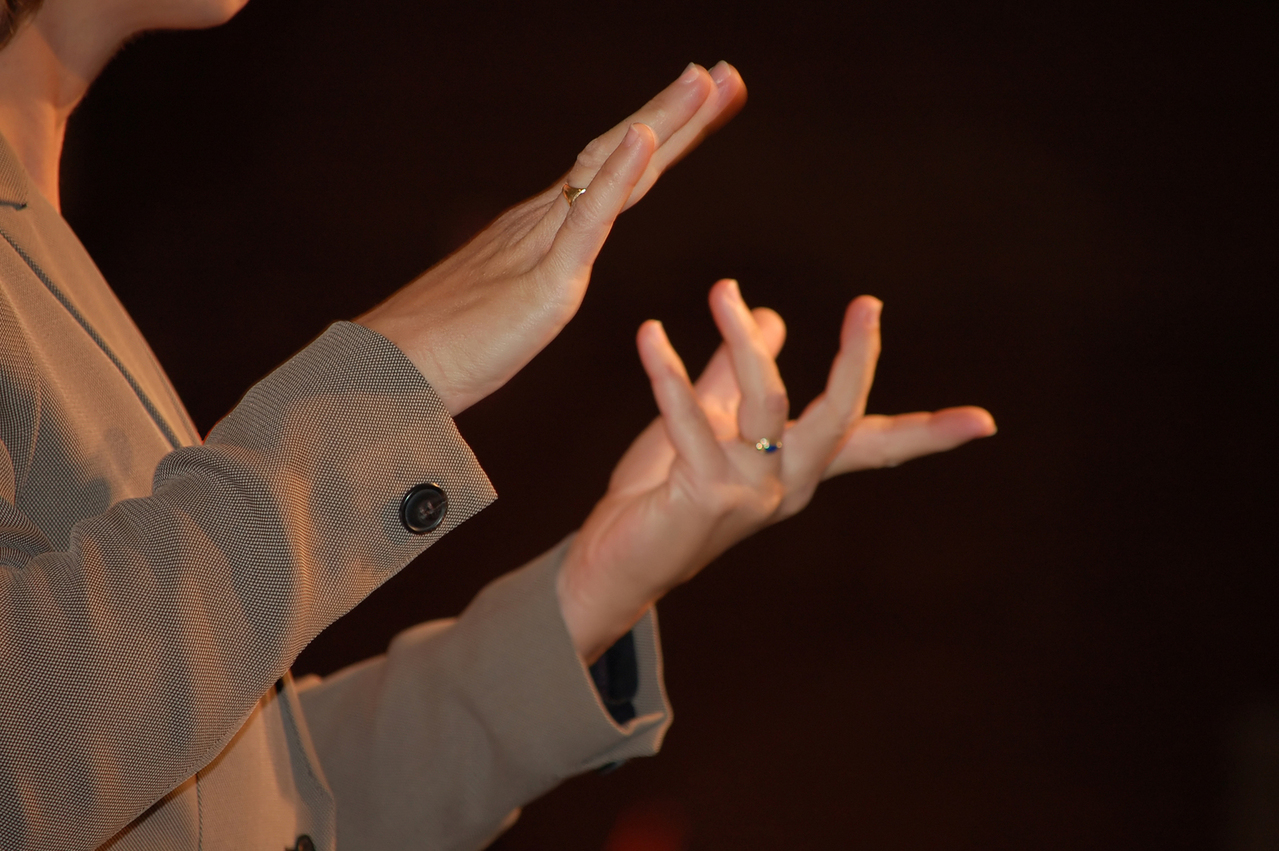
Malaysia is a country of many languages. We’re even proud of the way we mix the ones we speak and write, forming something that’s uniquely local. But did you know Malaysia also has its own sign language?
Introducing BIM
The roots of Malaysian Sign Language, Bahasa Isyarat Malaysia, or BIM began in 1954.
This was the year that the Federation School for the Deaf was founded in Penang. It was a boarding school that welcomed deaf students from around the country. These children from many different backgrounds began to develop their own signs to communicate among other students. Today, these signs make up what is known as Penang Sign Language, which is more commonly spoken by older deaf residents of Penang.
In the early 1960s in Johor, Mr. Tan Yap, a pharmacist, took unpaid leave several times to take courses in interpretation and sign language in America. He brought back his knowledge of ASL or American Sign Language with him. Mr Tan started teaching deaf children, nurses and some other hearing people how to sign. From this ASL base, BIM began developing into its current form. It’s also become the base for Indonesian Sign Language or BISINDO.
Other dialects of BIM include Selangor or Kuala Lumpur Sign Language, which diverged from BIM and ASL.
What about KTBM?
KTBM or Kod Tangan Bahasa Malaysia is not a language. Instead, it is a manual coding system that represents the oral language of Bahasa Malaysia in a signed form.
KTBM is currently the only form of sign recognised by the Ministry of Education, and is used to teach Malay in formal education settings.
Where to learn BIM
There are currently a few places you can go if you want to learn how to sign BIM, whether you’re deaf or hearing:
- YMCA KL Sign Language Courses (YMCA KL also has a Deaf Club)
- Malaysian Federation of the Deaf
- The Sarawak Society for the Deaf
- RC Deaf Missions
- Videos online (such as from this account)
- The EDDY app on Android
Conclusion
BIM is a language to be proud of, whether or not you’re part of the deaf community. The more people who are fluent in BIM, the easier it will be for deaf (and Deaf) Malaysians. However many languages you currently speak, there’s always room for one more!
References
Hasuria C. O. (2009) Penterjemahan dan Bahasa Isyarat [Accessed: 1 Apr 2019] Available at: https://books.google.com.my/books?id=V2lcfqpMd6AC&pg=PA42
Hope H.M., Anne L.R., Irene G. (2000) A preliminary survey of the sign languages of Malaysia [Accessed: 1 Apr 2019] Available at: http://www.signwriting.org/archive/docs6/sw0593_SignLanguages_Malaysia_Hurlbut.pdf
Illiya R. (2016) Where to Learn Bahasa Isyarat Malaysia (BIM)? [Accessed: 1 Apr 2019] Available at: https://www.illiyaridzuan.com/2016/11/where-to-learn-bahasa-isyarat-malaysia.html
Kugan (2017) Digi: Learn Basic Malaysian Sign Language with EDDY [Accessed: 1 Apr 2019] Available at: https://www.malaysianwireless.com/2017/12/digi-malaysian-sign-language-eddy/
Paul L. (2009) Ethnologue: Languages of the World, Sixteenth edition [Accessed: 1 Apr 2019] Available at: http://www.ethnologue.com/16/show_language/psg/
SIL International (2019) Malaysian Sign Language [Accessed: 1 Apr 2019] Available at: https://www.ethnologue.com/language/xml
Wikipedia (2019) Malaysian Sign Language [Accessed: 1 Apr 2019] Available at: https://en.wikipedia.org/wiki/Malaysian_Sign_Language